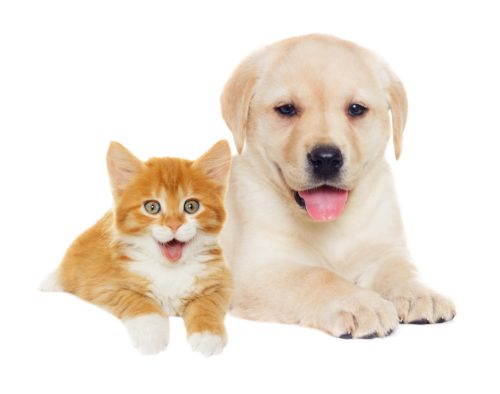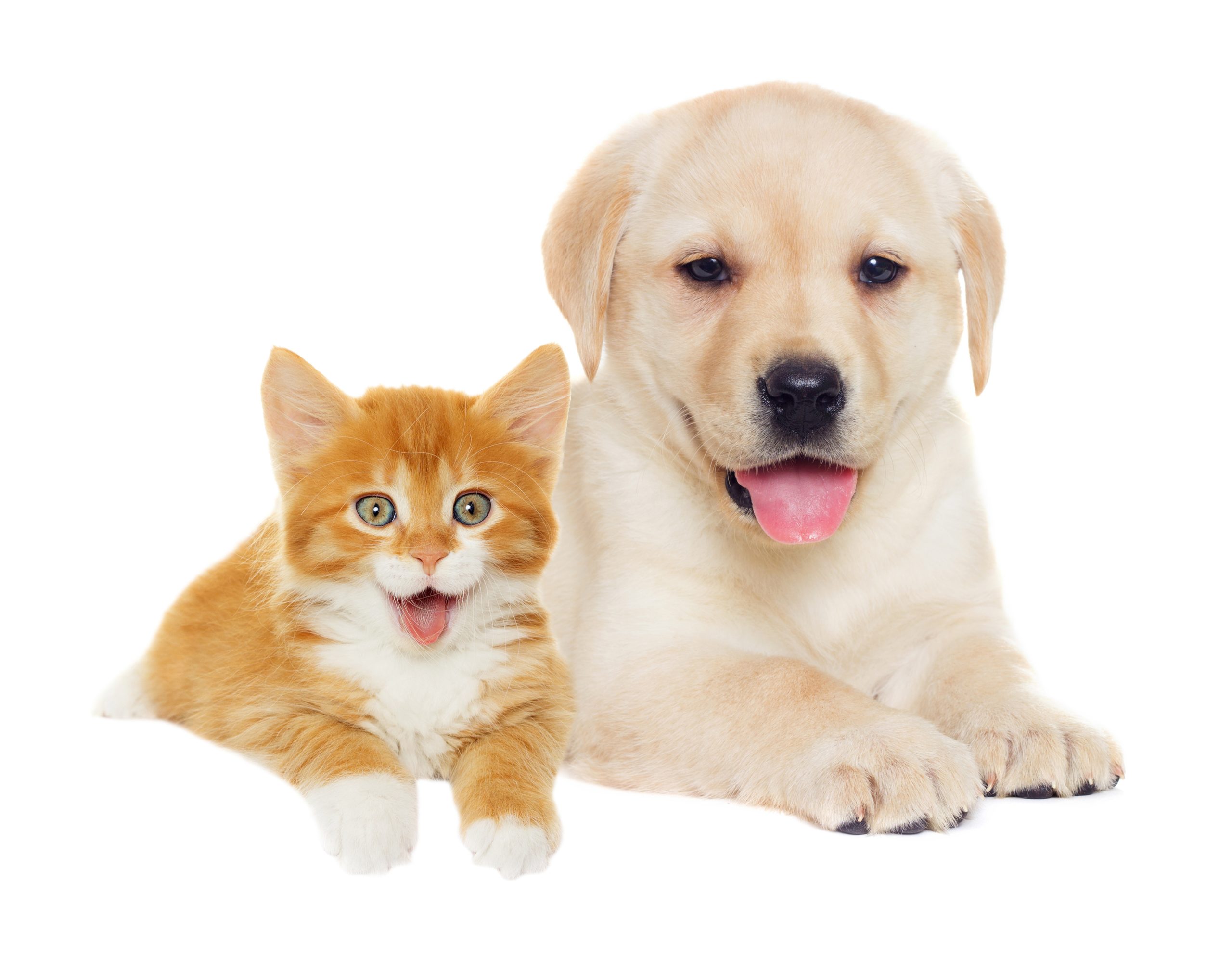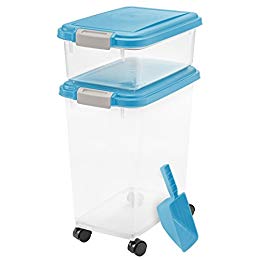
Self-quarantine isn’t the same as preparing for a natural disaster where you have to leave home and go on the move, but it makes sense to stock up on items for your pet, and it’s a good practice for a SHTF emergency that disrupts the supply chain and prevents you from shopping normally at a supermarket. Here’s how to prep and cook for your cat or dog.
Canned food
The basis of your prepper pet supply is food. Fortunately, canned pet food lasts indefinitely in undamaged cans. As it’s heavy you might want to consider buying in bulk from an online supplier. Your cat might have a preference but while researching this article I came across this interesting snippet from a blog called My Pet Needs That that performed some research:
Most pet owners make their cat’s health and well-being a top priority to ensure their furry friend can have a long life. When it comes to selecting the right wet cat food to serve, it can be an overwhelming process because of all of the options that are available. Our experts tried multiple cat foods with their pets to determine which ones offered the most quality and value while satisfying their cats. Our Expert Choice is the Purina Friskies Wet Cat Food Variety Pack. (Currently around $22 for 40 cans on Amazon).
For dog food, I like BLUE wet dog food. It’s high-protein and grain free and contains no chicken (or poultry) by-product meals, no corn, wheat (a common thickening agent used by many other brands) or soy, and no artificial flavors or preservatives. That’s all good news for dogs with allergies. Right now Amazon has a deal where you get 12 cans for $18.74 with Prime.
Dry Food
Dry food will go off as it contains a lot of fat so proper storage is important. For a major emergency you should should have many bins full of it. Here are two options: for two pets/types of feed and one 50lbs container.
Regarding dry food, this Honest Kitchen Human Grade Grain Free Whole Food Clusters Dry Dog Food is an interesting option for dogs, as it’s the first Human Grade dog food. That’s not something I’d thought about before (It’s a dog!) but I like that its clusters are prepared using only muscle meat & liver protein, low glycemic carbs, beneficial fats & live probiotics. These high quality, natural ingredients are highly digestible so more nutrients get into your dog’s body with less pass-through. Also, it’s all made in the USA and has no China additives or ingredients.
Additional Supplies to Consider
If your pet needs cat or dog vitamins to supplement their diet, it pays to stock up now. One of the predicted problems from a mass outbreak of corona virus is a lack of staff for stores and delivery services.
Also, if they have any kind of health condition, stock up on any type of medicines you may need for them RIGHT NOW!.
Homemade pet food
If you’re stuck at home and forgot to purchase pet food you can use foods that you have in your pantry or freezer – as well as scraps – to feed your pets. By following these recipes you will learn to make great food from scratch and you may find that the costs drop and your pet’s allergies subdue.
You’ll see we suggest that you add supplements like vitamin and probiotic drops, brewer’s yeast (Vitamin B basically) and garlic to keep your pets healthy and bug-free.
CATS: Remember, cats require more protein than dogs, and do not digest corn or grains well. Meat/ fish protein must be the dominant ingredient of homemade cat food. Canned sardines are fine but cats shouldn’t live on fish alone. If you use liver, remember it should comprise no more than 10% of the daily diet. Bones are a very important addition to a cat’s diet to ensure she gets enough calcium. Human food, such as a roast chicken or joint will contain scraps that would be a great addition to your cat’s meal.
Use this ratio to create your own cat food, based on the items you have on hand.
- Meat: 3 parts
- Organs: 1 part
- Grain: 1 part
- Veggies: ½ part
Using leftover steamed cauliflower, broccoli, carrots, zucchini is acceptable. If your cat eats fresh fruit and you have some left in your home you can also throw them in the mix.
The meat in this recipe can either be lightly cooked or raw. Keep any skin for its fat content. The grain must be cooked not raw. Cooking rice or oats in a meat broth is a good idea as it adds nutrients. If you have a meat grinder/food processor, reduce the mixture to something near a paste before feeding it to your cat. Remember to add the vitamins mentioned above.
DOGS: Dogs tend to be more robust and can eat
- 1 part meat
- 1 part grain (rice or oats boiled in water or broth)
- 1 part veggies (canned is fine)
Broccoli, spinach, celery, carrots, peas, and green beans acceptable foods for dogs. Broccoli, cabbage, and cauliflower are more problematic . DO NOT FEED YOUR DOG avocados, tomatoes, or wild mushrooms. Remember to add vitamins, and maybe a healthy fat source like an egg or a plant oil.


